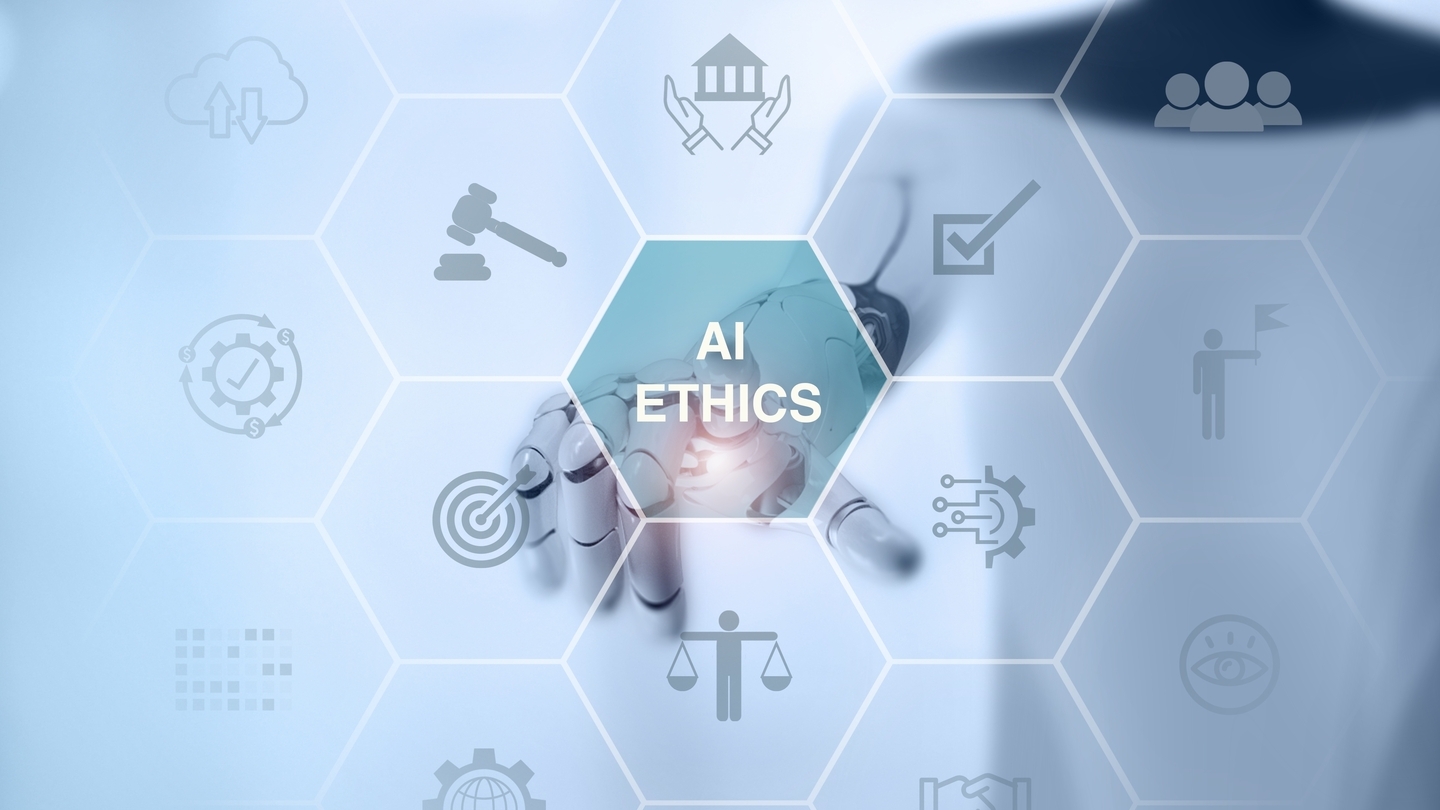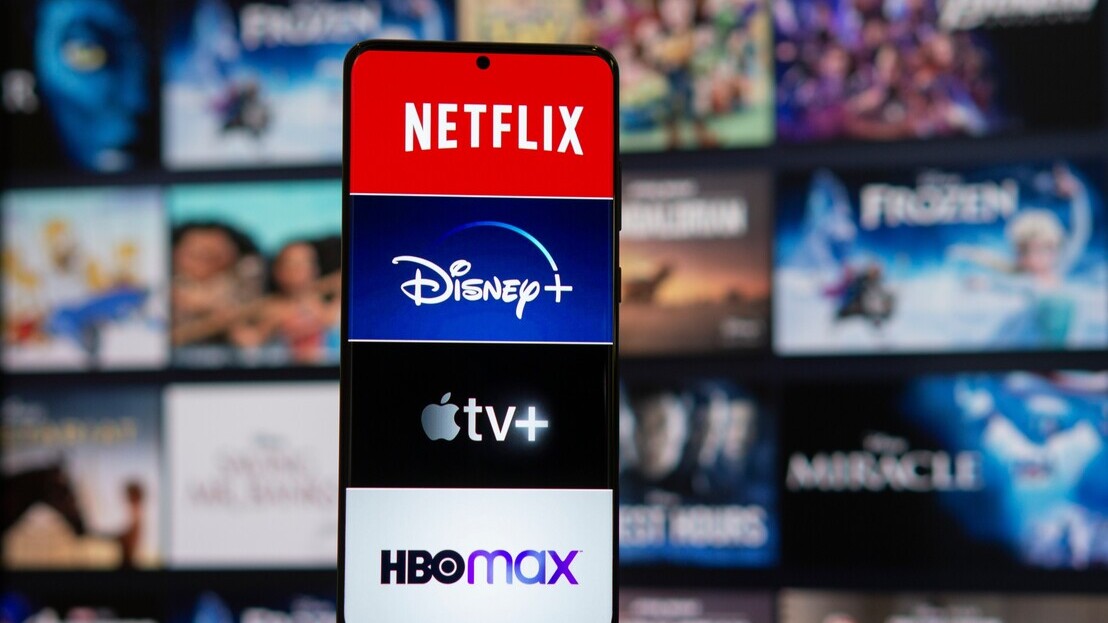Streaming rights: live sports unite audiences in cultural moments worth fighting for
In a media landscape of rapid change, live sports offer a measure of relative certainty. Consumer appetite is arguably at an all-time high with almost half of us spending more time watching live sports content last year than we did the year before, according to Accenture. Advertising-led streaming services lead the march to profitability and sports offer the most predictable audience. It’s why rights remain in high demand as streamers and broadcasters compete for the most valuable content on the planet.
Netflix’s global deal to air live NFL matches for the next three Christmases should be seen in this light. Sports remain light among the platform’s library but it has made repeat recent moves to test the appetite for live events. This includes November’s inaugural Netflix Cup - which pitted leading golfers against F1 drivers, and the clash between boxer Mike Tyson and social media star Jake Paul coming in July. Earlier this year the company paid more than $5bn to be the home of WWE which it is billing as “sports entertainment.”...
You are not signed in.
Only registered users can view this article.

Finding our ethical true north on AI: Part II
Part two of our insight into AI ethics and regulation continues with observations on industry efforts around standards and best practices, and why human impact should be the guiding force. James McKeown reports.
/Source - shutterstock_2464837145 (1).jpg)
Digital Catapult: AI innovations to supercharge the creative industries
Accelerated VFX workflows, video game characters you can converse with, and auto-generated visual experiences from sound for XR headsets are just some of the AI innovations devised by start-ups as part of a recent Digital Catapult programme. Adrian Pennington reports.
.jpg)
Neural Radiance Fields – A new approach to 3D modelling
From the chemical, mechanical and electrical process of creating a film, to the rise of virtual production, visual storytelling has always turned to cutting-edge technologies. Now Neural Radiance Fields (NeRF) could replace the traditional technological foundations that broadcasting and film are built upon. IBC365 speaks to leading researcher, Professor Ravi Ramamoorthi.
.jpg)
Future predictions – Part II: Leaders and analysts
The coming year hints at big changes in focus and innovations for the media and entertainment world. With giant leaps in AI advancements, streamlining production and the road ahead for ad-tech, how can vendors meet the demands of the hungry yet cost-conscious consumer, whilst staying ahead of the game? John Maxwell Hobbs gathers more expert insight from leaders and analysts in the second part of our future predictions series.

Future predictions – Part I: Broadcasters and suppliers
As we wrap up 2024, it’s time to consider what lies ahead for the media industry in 2025. John Maxwell Hobbs probed industry executives to share their crystal ball predictions on themes spanning the impact of AI, the transition from hardware to software-based solutions, data security and ways of reaching new audiences.



.jpg)